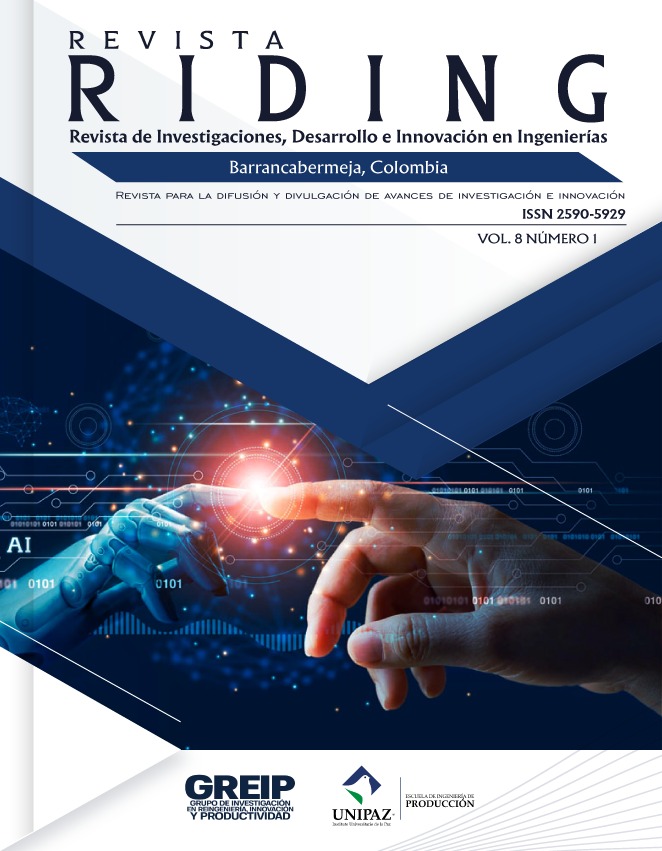Strengthening Cybersecurity: A Comparative Approach in Governmental, Private, and Public Organizations
Keywords:
computer security, information security, threats, vulnerability, social engineering, security policiesAbstract
This article provides a comprehensive overview of the evolution of information security over the years. It begins with a glimpse into antiquity and the early cryptographic methods, including the famous "Caesar Cipher" in ancient Rome. The importance of confidentiality in military communication of that time is emphasized.
Next, it mentions the pivotal role played by the Enigma machine during World War I, marking a milestone in the history of cryptography and information security. The transition to the digital age and the transformation of information are addressed, along with the current challenges organizations face due to cyber threats.
The article also introduces the fundamental pillars of information security: confidentiality, integrity, and availability, known as the "information security triangle." These essential principles underscore the importance of protecting information from unauthorized access, manipulation, and ensuring its availability when needed.
Common errors in computer security are explored, such as weak passwords and social engineering. Additionally, threats are highlighted, including phishing, mobile device vulnerabilities, and natural disasters, which can jeopardize information security.
The article emphasizes the importance of computer security policies in government, private, and public organizations and how these policies can be adapted to different contexts. A series of key policies are detailed, such as data protection, Internet and email use, and physical and network security.
In conclusion, this article highlights the continued relevance of information security in today's society and the need for proactive measures to protect data and systems. It underscores that information security is a multidisciplinary field that requires the collaboration of various professionals and that the human factor remains a crucial link in the computer security chain
References
Wordpress.com. [Online]. Available: https://nebul4ck.wordpress.com/wp-content/uploads/2015/08/hacking-etico-carlos-tori.pdf.
“Ingeniería Social: Corrompiendo la mente humana,” Unam.mx. [Online]. Available: https://revista.seguridad.unam.mx/numero-10/ingenier%C3%AD-social-corrompiendo-la-mente-humana.
“Social Engineering 1,” Grn.es. [Online]. Available: http://ww2.grn.es/merce/2002/is.html.
W. Vega Velasco, “POLITICAS Y SEGURIDAD DE LA INFORMACION,” Fides Et Ratio, vol. 2, no. 2, pp. 63–69, 2008.
P. A. López, Seguridad informática. Editorial Editex, 2010.
“Projects,” Nist.gov. [Online]. Available: https://csrc.nist.gov/projects.
Oas.org. [Online]. Available:
Published
Issue
Section
License

Este obra está bajo una licencia de Creative Commons Reconocimiento-NoComercial-CompartirIgual 3.0 Unported.


